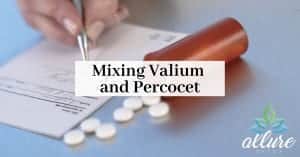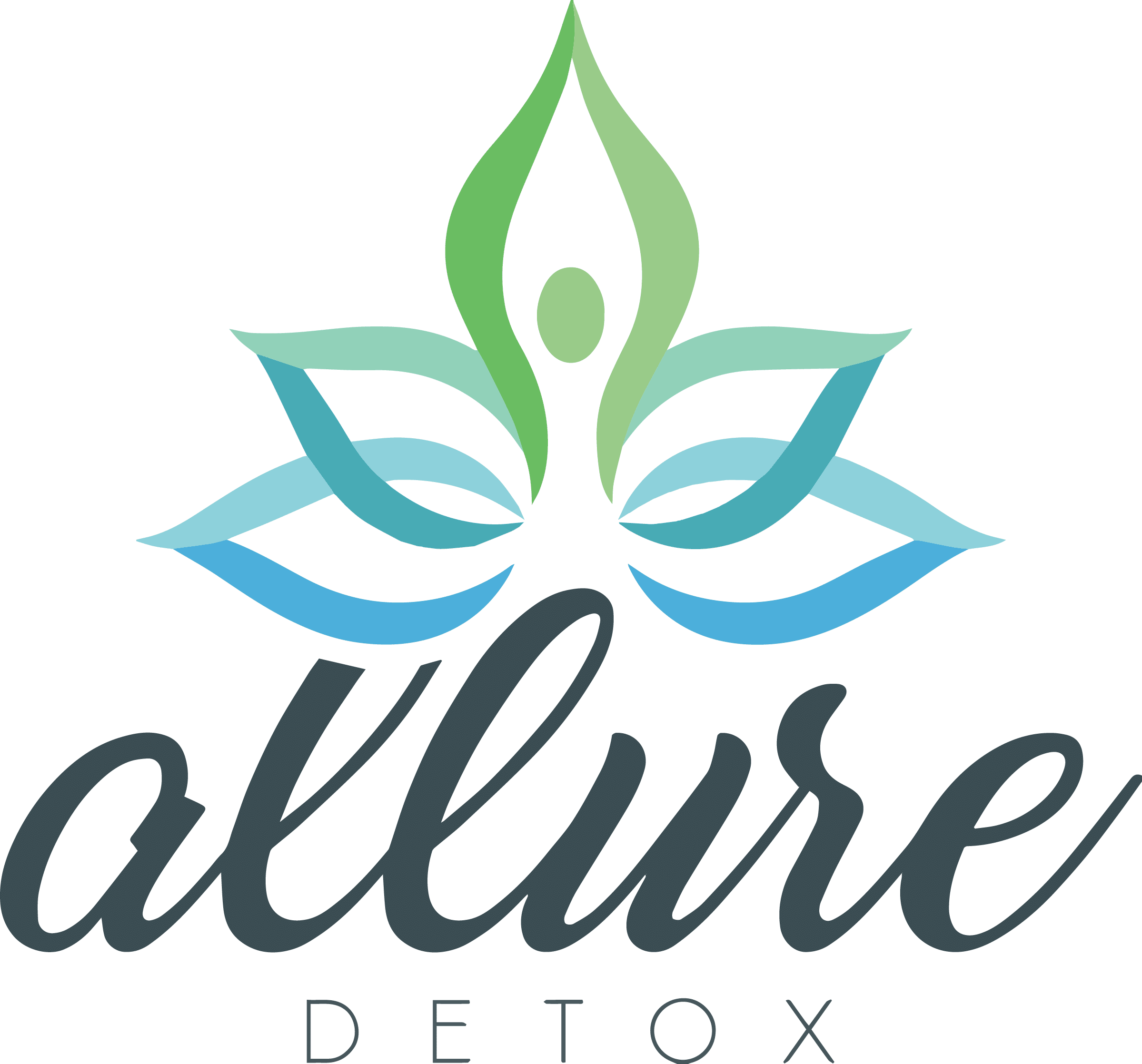
Tag: Opiates
An opiate, in classical pharmacology, is a substance derived from opium. In more modern usage, the term opioid is used to designate all substances, both natural and synthetic, that bind to opioid receptors in the brain


Does Suboxone Make Anxiety Symptoms Worse?

What Does Nodding Out on Heroin Look Like?
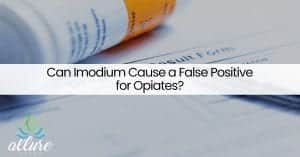
Can Imodium Cause a False Positive for Opiates?
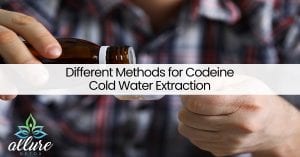
Dangers of Codeine Cold Water Extraction

Why Do People Nod Off On Opiates?
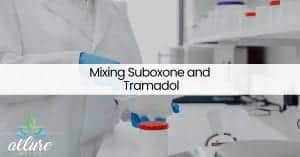
Mixing Suboxone and Tramadol
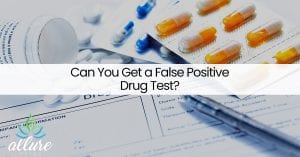
Can You Get a False Positive Drug Test?

Can You Overdose on Ultracet Pills?
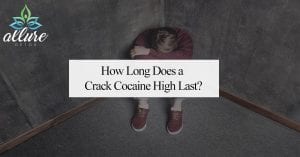
How Long Does a Crack Cocaine High Last?

Using Tramadol for Sleep Problems

Can You Get High on Opiates While on Sublocade?
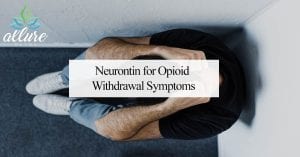
Neurontin for Opioid Withdrawal Symptoms

Benzodiazepines for Opioid Withdrawal

Mixing Hydrocodone and Xanax

DXM (Dextromethorphan) Withdrawal Symptoms

Can You Inject Suboxone?
